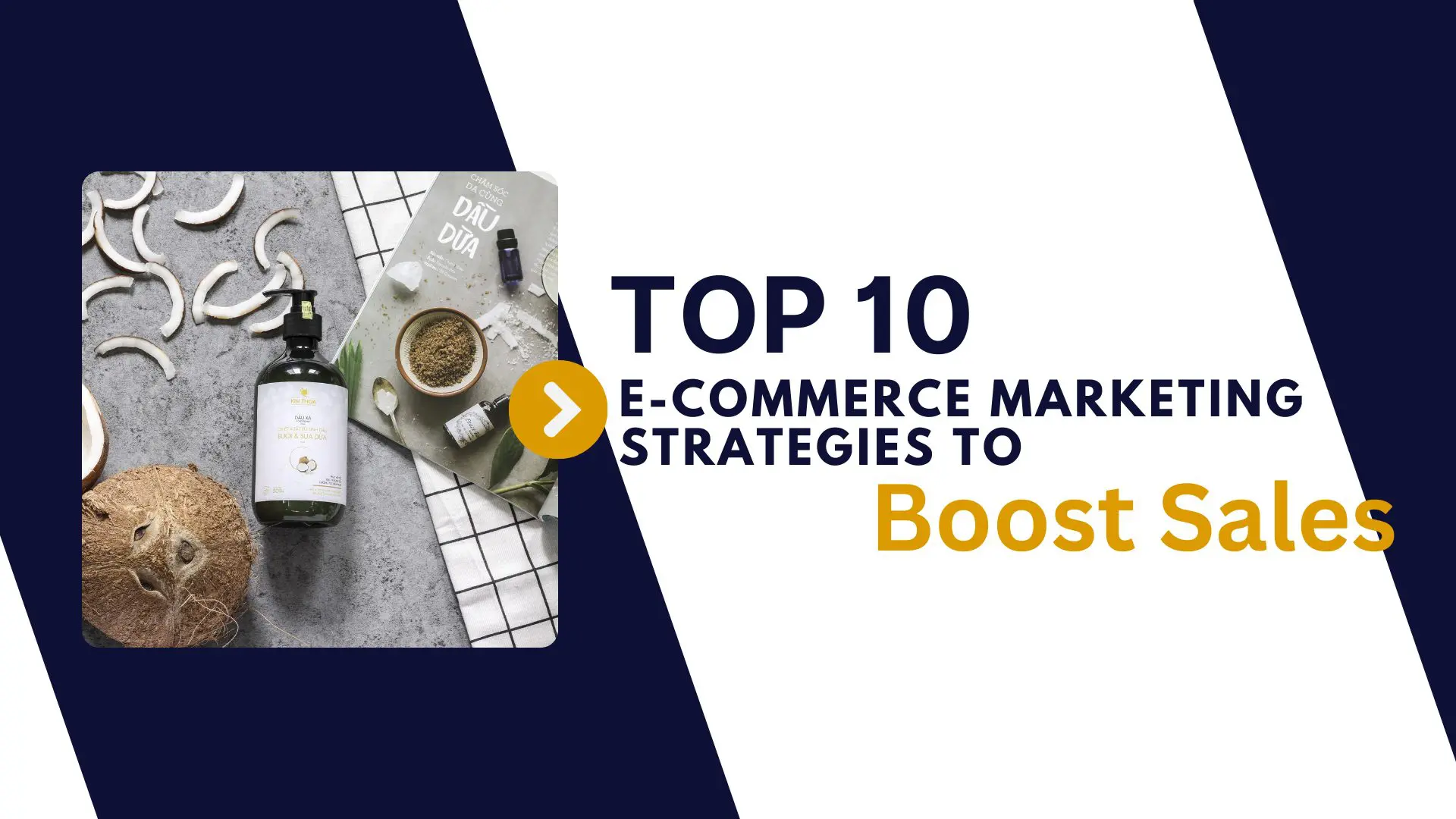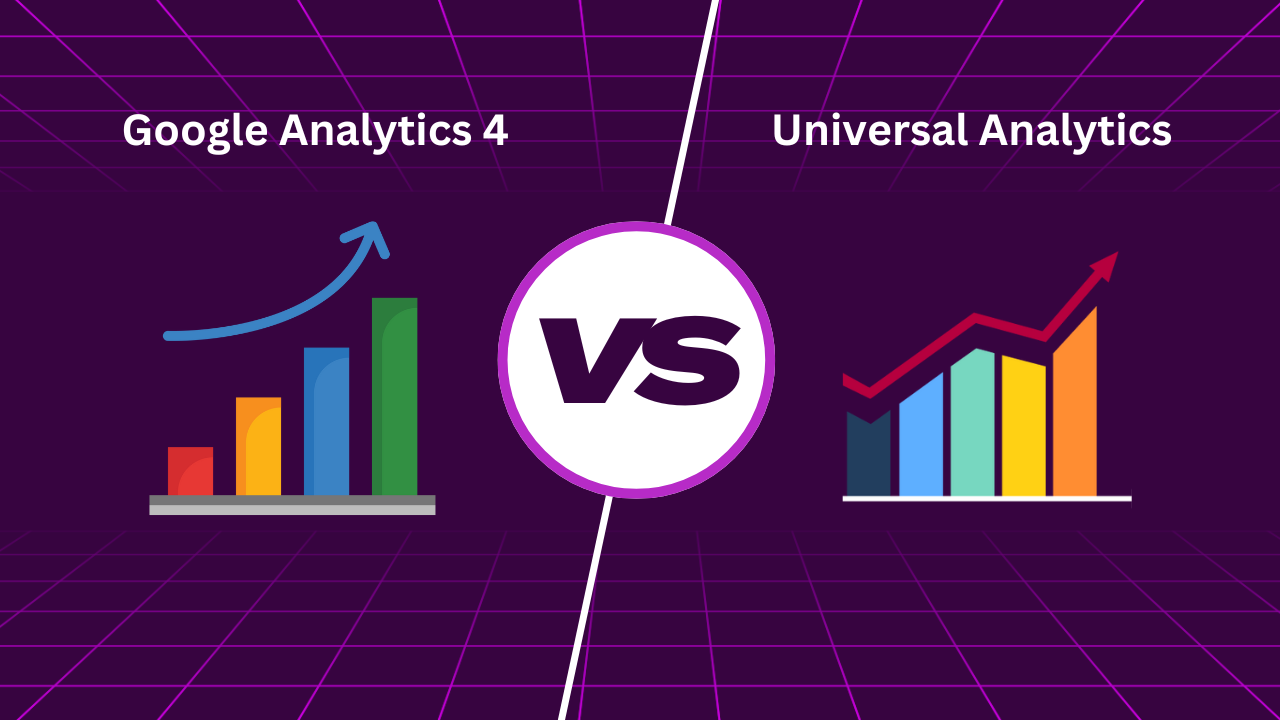In the competitive e-commerce marketing world, it is of topmost importance to know the target audience. Demographics like age, gender, and income are supplemented by psychographic factors such as interests and values that let you make a very effective marketing campaign. With purchase behavior, customer feedback, and analytics of the website, a business can profile the audience in great detail. Research can empower marketers to create tailor-made campaigns that speak to potential buyers, thereby raising engagement and converting it into action. Let’s discuss ten strong strategies to raise the bar in e-commerce marketing.

Top 10 E-Commerce Marketing Strategies
- Understanding Your Target Audience
The most critical component in the success of e-commerce marketing is understanding who the audience is. Valuable insight can be derived from demographics involving the age, gender, and income of typical customers. Psychographic factors are also informative-interests, values, and lifestyles.
Analysis of the purchase behavior may be obtained through the examination of buy frequency, average spend, and pay. Customer satisfaction may also be accumulated through opinions derived from reviews, surveys, and direct messages. The website analytics metrics involve page views, bounce rates, and session duration, allowing understanding in terms of on-site user activities.
Data gathering on demographics, psychographics, purchases, feedback, and analytics will enable businesses to profile their target demographic. This research equips marketers with a fine-tuned ability to create campaigns in harmony with potential buyers. With a defined target audience profile, the e-commerce business can then maximize its marketing strategy.
- Optimizing Your Website for Conversions
Improvements to the user experience increase conversion if the buying process is made simpler. Some of the key improvements are as follows:
User-Friendly Design: Navigation should always be intuitive, with an uncluttered design.
Fast Load Times: Optimize images and make sure there’s good coding that will take an efficient amount of time to load.
Good Call-to-Actions: Guide users through processes with visible compelling CTAs.
Mobile Optimization: Ensure that all devices are fully responsive on the website.
Trust Signals: Develop trust with your customers by using customer reviews/testimonials, security badges, etc.
Simplify Your Checkout: You should enable guest checkout and remove fields from your forms.
A/B Testing: You should continue to swap test pages until you identify what works best.

- Utilizing Social Media Marketing
Businesses should make maximum utilization of social media for e-commerce marketing. Interesting content reaches a larger audience.
Content Creation
Posting high-quality pictures or videos regularly brings followers to social media. Using storytelling by posting adds a lot of personal connection with the user. Giving behind-the-scenes pictures or creative answers makes a connection.
Engagement
Responding quickly to user comments or messages displays an appreciation for their input to your viewers. Scheduling occasional live video chats or Q&A sessions allows audiences opportunities to communicate in a more direct fashion that may lead to stronger bonds and higher loyalty rates over time.
Advertising
Targeting ads to specific demographics such as age, gender, or even location stretches marketing money as far as possible. Spending on influencer partnerships in e-commerce marketing for your niche increases brand exposure to yet a wider target audience.
Analytics
Using the analytics tools integrated with most platforms enables close monitoring of the performance. Data-informed strategy adjustments keep activities on track and aligned with defined goals. Over time, this optimization maximizes the reaping of benefits from engagement on each channel.
Constantly publishing fantastic content, engaging in dialogue with followers, targeted advertising along analytics provide for a full-funnel approach.
- Implementing SEO Best Practices
The best optimization of your e-commerce marketing websites through the practice of e-commerce SEO services enhances organic traffic and visibility. Here are some key strategies:
Key Research: Relevant keywords in which potential customers would be searching
Optimized Product Description: Unique and interesting product description including some target keywords.
Meta Tag: Interesting meta titles and descriptions for every product page.
Alt for all the Product Images: All the product images should have alt texts so that the search engines may index them thoroughly.
Internal Linking: The site structure will be clean using internal links as the search engines are trying to understand it.
Mobile Optimization: The site needs to be mobile-friendly and responsive.
Page Speed: Ensure the images are optimized and that there is caching so that it minimizes the delay in loading pages.

- Utilizing Email Marketing Campaigns
Email marketing is a wonderful medium to enhance customers’ involvement and sales. Specific strategies for e-commerce marketing are supposed to be followed by organizations for maximum optimization of the campaigns.
Segment the Audience: Target content by dividing an email list into smaller subsets based on user behavior or demographics.
Craft Compelling Subject Lines: Use attention-grabbing subject lines that persuade people to open.
Personalize Emails: Use the recipient’s names and personalize recommendations to increase relevance.
Automate Sequences: It can automate workflows for any new subscribers or remind inactive customers.
Track Performance: Use open rates, click-through rates, and any other relevant measures to track performance and improve strategy.
- Incorporating Content Marketing Strategies
It is believed that effective content marketing drives traffic and engagement. Businesses need to focus on high-quality value-added content that attracts their target audience for e-commerce marketing services.
Blogs: Regularly posting blog articles on industry trends, product insights, customer stories
Guides and Tutorials: Developing comprehensive guides and how-to content for customers to make the right purchase decisions.
User-Generated Content: Encourage and publish reviews, photos, and videos by your customers to build trust and authenticity.
Email Newsletters: Emotions and education newsletters regarding new products or any sale promotions and informative articles.
Social Media: Use Instagram, Facebook, and Pinterest so you’re visually engaging.
These strategies are, therefore, combined and result in a higher brand presence and greater conversion rates.

- Effective E-commerce PPC Advertising
This is quite a strategic and dynamic form of advertising. Good e-commerce PPC advertising demands strategic planning and continuous management. The critical steps for e-commerce marketing include:
Keywords Research: High-traffic, relevant keywords that prospective customers use.
Compelling Ad Copy: Prepare the ad copy to talk about what the unique selling propositions are and to have a good call to action; landing pages that are relevant to the ads and optimized for conversion.
Bid Management: Updates on the bids regularly to ensure that the optimal cost-per-click and return on investment are maintained.
Ad Extensions: Using ad extensions to give further information leads to an increased click-through rate
Performance Monitoring: Continuous monitoring of the performance of a campaign to identify weaknesses
Steps for advertisers to obtain maximum visibility and acquire the intended traffic towards their e-commerce site.
- Creating High-Converting Landing Pages
The primary aspect is using the following key elements in creating high-converting landing pages.
Headlines: Use compelling headlines that give an impression of value.
Clear CTA’s: Use strong CTA’s that guide a visitor into making a conversion
Visuals: Use eye-catching images or videos to attract users
Copy: Create benefit-driven and solution-based clear concise copy.
Trust signals: This can be a testimonial, review, or even a trust badge.
Mobile Friendly: Ensure that the landing page is mobile-friendly and loads fast.
A/B Testing: Ongoing, continuous testing of variants to determine what elements will perform best.
Always ensure the landing page correlates to the ad or the source by which visitors were brought in.
- Utilizing Influencer Partnerships
Partnering with influencers provides direct access to targeted audiences. Influencers can create authentic content to showcase products, building trust and driving conversions in e-commerce marketing services.
Steps for Effective Partnerships:
- Research to identify influencers aligned with brand values.
- Approach influencers with personalized offers.
- Collaborate on content creation to ensure it resonates with their audience.
- Track performance using UTM links and conversion rates.
Benefits:
- Increased exposure through influencers’ extensive networks.
- Enhanced credibility as influencers endorse products.
- Cost-effective compared to traditional advertising.
- Quick implementation and measurable results.
Strategically leveraging influencer partnerships can significantly enhance e-commerce marketing efforts.

10. Analyzing Data and Fine-Tuning Strategies
Utilizing data analytics tools is essential for e-commerce marketing services. By consistently monitoring key performance indicators (KPIs), businesses can understand customer behavior and preferences. Actionable metrics include:
- Conversion Rates: Track the percentage of visitors making a purchase.
- Customer Acquisition Cost: Measure expenses to gain a new customer.
- Average Order Value: Understand the average spend per transaction.
The regular analysis allows for strategic adjustments. For instance, a high cart abandonment rate might signal issues with the checkout process. Businesses should A/B test various elements, like promotional offers or site layout, to optimize performance continually.
Conclusion
The bottom line of mastering e-commerce marketing is to have a proper understanding of your target audience. Use demographics, psychographics, and buying behavior data to design targeted approaches that would resonate with your customers. Good tactics like conversion-friendly website optimization, social media use, and email marketing take care of an overall engagement approach. Moreover, the continuous analysis might lead to constant improvement and refinement through performance metrics. The adoption of such techniques makes the business e-commerce visible, builds up their loyalty, and hopefully increases their sales.



